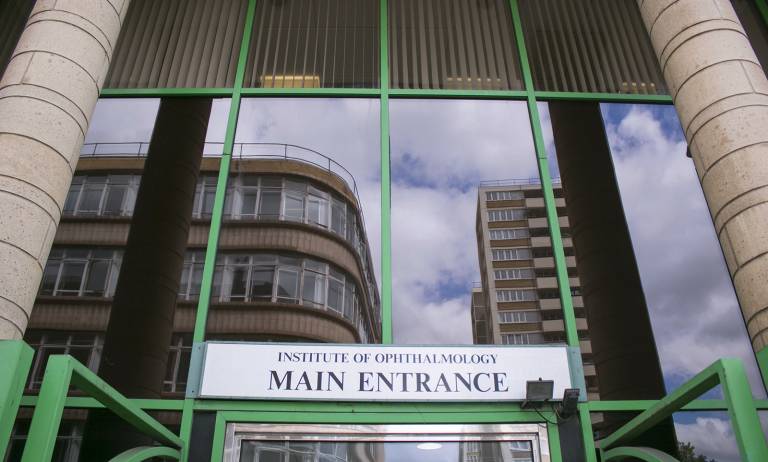Vision@UCL: Dr Tomas Knapen
25 January 2018, 4:00 pm–5:30 pm

Dr. Tomas Knapen (Free University Amsterdan, Netherlands) will speak on 'Mapping the dark side: retinotopic organization in the default mode network.'
Event Information
Open to
- All
Availability
- Yes
Organiser
-
Child Vision Lab
Location
-
Room G03 26 Bedford Way London WC1H 0AP
Talk description
The brain's default network (DN) consists of a set of brain regions that consistently show decreases in BOLD signal during task engagement, when most areas show increases in BOLD signal. Recent findings have shown indications that these deactivations play some role in visual processing, but the nature and function of this well-known property of the DN remain unclear. We conducted a population receptive field (pRF) mapping experiment at 7T, in which participants directed their attention to a visual mapping stimulus during strict fixation, performing a colour discrimination task that was titrated to have equal difficulty regardless of stimulus position. This kept task load identical whenever a stimulus was on the screen, and allowed us to contrast task-related and spatially specific signals.
We demonstrate that signals in the DN carry retinotopic visual information. Specifically, BOLD decreases in several nodes of the DN are specific to the appearance of a visual stimulus in a circumscribed region of retinotopic space. We estimated population receptive fields of negative amplitude from BOLD time courses in the DMN, and show that a subset of these regions each contains a coherent retinotopic map along the cortical surface. Moreover, this description of spatial preferences in the DN, combined with ongoing activation patterns, allows us to reconstruct (decode) the position of a visual stimulus with a fidelity comparable to that of the known retinotopic maps of the intraparietal and precentral sulcus.
Our results indicate that spatially specific activations and deactivations synergistically subserve the processing of visual information. DN regions have been shown to selectively activate for social information, autobiographical memory and mind wandering, types of cognition that require an emphasis on processing of internally sourced information. Thus, the balance between activations and deactivations could underpin the preferential processing of externally vs internally sourced information. Furthermore, it is likely that representations in retinotopic and other reference frames coincide in these regions. This overlap would allow local computations to integrate information processing from different reference frames.
More information
For more information about Dr. Tomas Knapen and his work, visit his website:
For more information about Vision@UCL, visit the Child Vision Lab pages:
 Close
Close

